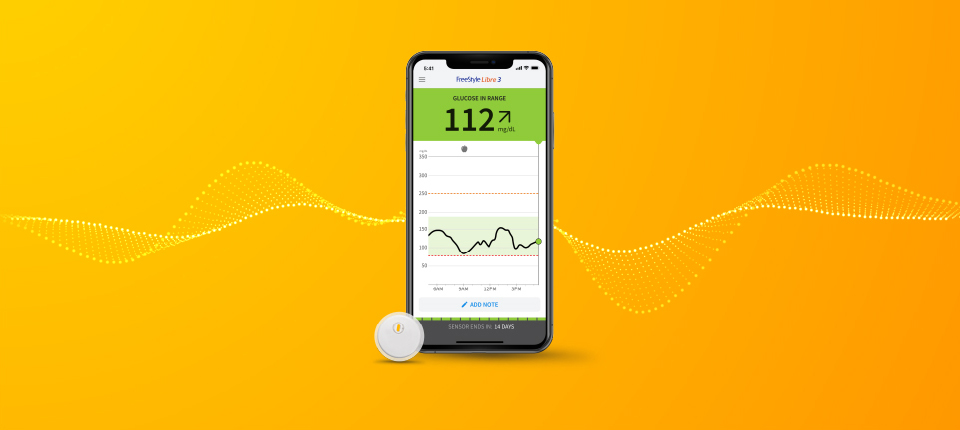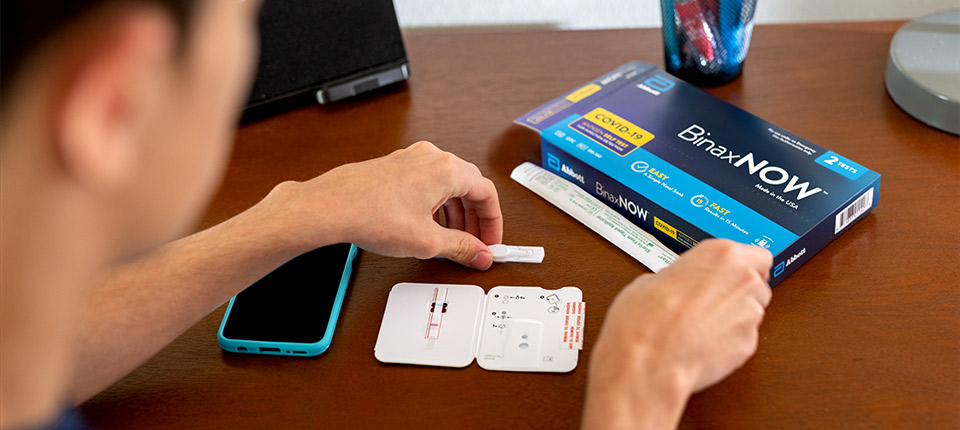Drug-impaired driving is a dangerous public health and safety problem. Of the more than 30 million people caught driving under the influence in 2016, about a third of them had taken an illicit drug, according to the National Institute on Drug Abuse. (Marijuana and misused prescription drugs fall into this category, per federal law.) And according to the Pew Charitable Trusts, the problem is growing; of fatally injured drivers tested for drugs, the number of drug-impaired driving deaths has grown by 50 percent in the past decade.
This isn't a future problem — it's one that needs to be addressed now.
But stopping people who drive under the influence of drugs is more difficult than it might seem. While suspected drunk drivers may take a sobriety test or breathalyzer at the site of a traffic stop, testing drivers suspected of driving while impaired on drugs requires a different approach.
The most widespread method of testing drivers for drugs – drawing blood – is fraught with challenges. First, officers have to transport the suspected drugged driver to a facility where a trained medical professional collects a blood sample. Waiting for the sample to be drawn can take on average between 1.5 and two hours, during which time the drug concentrations may decline in the bloodstream. From there, the blood sample is shipped to a laboratory, and it can take weeks before results are determined.
Each of these steps cost law enforcement time and resources that could be better spent elsewhere. Imagine a future in which an officer could use a handheld device to test for drugs at the roadside — and get results in minutes. Thanks to Abbott's SoToxa™ Mobile Forensic Test System, that technology is available today.
Abbott's mission is to help people and communities achieve and maintain better health in every aspect of their lives — including when they are on the roads. Reducing drug-impaired driving accidents and deaths is vital to that mission.
How Oral Fluid Testing Works — and Why it Matters
Because it's an oral fluid drug test, SoToxa enables law enforcement to screen drivers for multiple drugs in a single traffic stop or at a crash site. It's easy to administer: First, the driver swabs the inside of his or her mouth — including the gums, tongue and cheek — until an indicator signals that there's enough oral fluid to test. After that, the officer places the sample into the device, which analyzes the oral fluid and displays whether a drug is detected.
The ability to detect drugs at the roadside in people who drive while impaired may act as a deterrent and help keep unsafe drivers off the road — and ultimately, prevent stories of tragedy. In 2013, Thomas and Barbara Swift died when a drug-impaired driver in a semi-truck ran a red light and struck their vehicle in Escanaba, Michigan. Their son Brian, became an advocate against drug-impaired driving, helping to inspire the state legislation that launched a Michigan pilot program in which SoToxa was evaluated as an additional tool for detecting drug-impaired drivers.
The Future of Drug-Impaired-Driving Tests
In the case of Michigan, the pilot program met initial endpoints, and will now be expanded on a larger scale, extending the program from the initial five counties, to all 46 counties throughout the state. The goal is to keep roadways safer for the individuals who use them each and every day, while helping to educate law enforcement, lawmakers and their constituents about the need for roadside drug testing procedures.
SoToxa provides law enforcement with a true handheld device – to improve roadside testing methods and help identify dangerous drivers before they have an opportunity to hurt themselves — or others. At Abbott, we believe in our life-saving technologies and SoToxa is no different. The early findings from the Michigan pilot program – plus real-world evidence from countries in Europe, Latin America, Asia, and other U.S. states – show great promise for the use of oral fluid testing on our roadways and keeping communities safe from people who drive while impaired by drugs.






FOLLOW ABBOTT